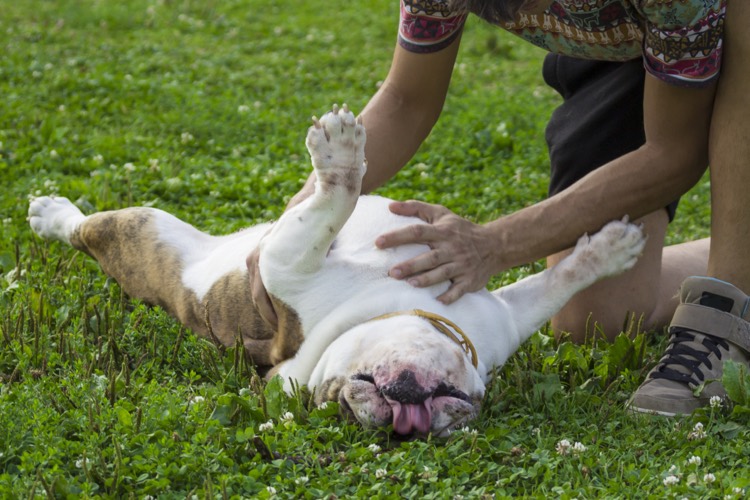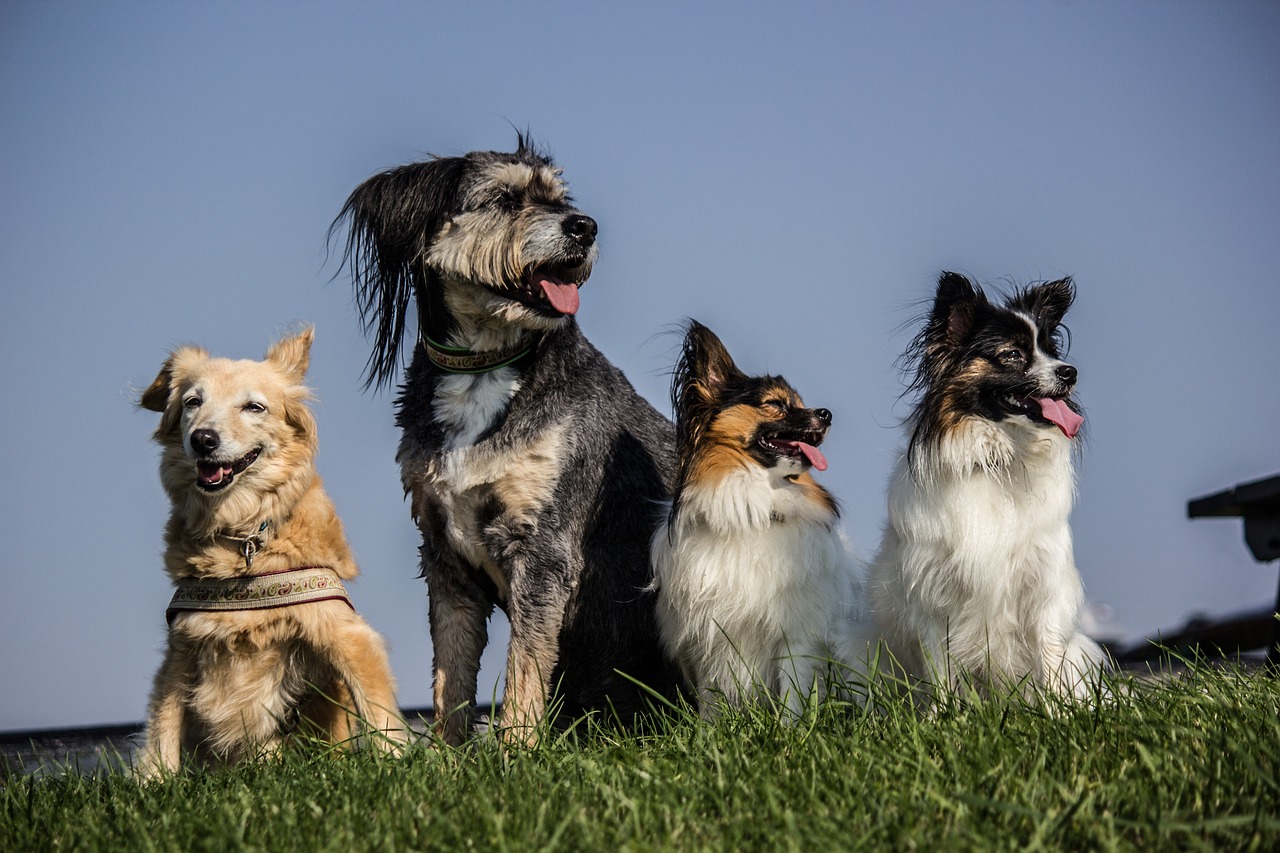
You can see your dog preparing for a storm even before the first sound. Even the slightest storm can cause great fear in many dog breeds. A pet that is upset can cause serious damage to the home, or run out into the street where it may get lost or struck by lightning. What about when you are walking your dog in the rain and suddenly get hit by lightning?
What you should know to keep your pet safe in the storm season.
Thunderstorms and Pets
In many parts of the United States spring and summer is thunderstorm season. So, no matter the forecast, you should always be prepared to deal with big storms. These tips will help you and your pet survive the storm.
Pets are welcome inside
Even if your pets don’t enjoy being locked up, they will still be safe inside. Cats that normally spend the day outdoors are also included. Sometimes cats will hide underneath a car for protection, so bring your cat inside before the storm. If lightning strikes your car, the surge of electricity could cause injury or death to your cat.
It is also true for animals that are housed outside, such as a cat or doghouse. In general, these are not safe during a storm. If your pet is anxious due to the storm they might wander around in search of a safer area and get lost.
If you have a pet, it is best to keep them safely indoors. They can be let out after the storm passes.
Remove metal collars/leashes/harnesses
The metal can conduct electricity and worsen the effects of lightning. You should take off any metal collars or harnesses that your pet wears.
If your pet gets nervous and hides behind your furniture, or squeezes into a small corner during a storm, then the metal of these items can harm your pet or damage your home furnishings. It may also trap your pet or restrict it.
It’s best to let your dog spend storms without any gear or collar, except for calming items like a ThunderShirt.
Check your microchip and contact information to ensure your pet’s safety.

To be on the safe side, all pets should have some sort of identification. Microchips are a metal-free, safe way to protect pets. A microchip is a small chip, about the size and shape of a rice grain. Your veterinarian will inject it in the same way as a vaccination.
A small scanner is available at any vet office or animal shelter. The microchip will provide information that you have saved on your account when your pet is found. This includes health issues, medications needed, and contact details.
Shelters often receive a large number of missing pet reports the day after severe weather. Up to 80% are not reunited. If your animal is inside and has a microchip, you have a better chance of finding them.
Relaxing products are available
Many products can help to calm down and relax your dog during a thunderstorm. You may need to experiment a bit before you find the right product for your pet. Others work well for certain animals but not for others. Your vet can help you determine what is best for your animal.
Many cats respond well to diffusers or sprays containing pheromones, such as Feliway. Similarly, many dogs are receptive to anxiety vests like the ThunderShirt. You can try a variety of products to find the one or combination that is best for your pet.
Make a pet-friendly space
It is important to create a space where your dog can feel safe during storms. Dogs like to be in crates that are covered with blankets. It makes them feel safe and cozy. You can give your dog a chewy toy, such as a KONG or another toy they like. Give your cat a place to hide, such as a tree.
Avoid getting yourself stressed. Your pets may interpret your stress as a sign of danger. It may seem calming to say “It is okay” and hold your dog, but if this isn’t something you do every day, it may be interpreted the other way.
Your pet will also be calm if you remain relaxed. What’s the point of stressing out if everything is as safe as it can be?
What to do if you see lightning or thunder?

Summer is a time of thunderstorms, and you should take steps to protect your pets before or during the storm.
If you are caught walking your dog outside, what should you do?
If you are unable to get inside, find an enclosed, solid structure such as a vehicle or a shed, where you can stay out of the storm. Stay away from tall trees and structures. Do not climb anything to avoid attracting lightning.
You should crouch down as low as you can in the field until it passes. Avoid lying flat on the floor. Avoid metal posts, undercarriage, or fences that could conduct electricity.
Where should you be if you’re inside your home when the storm begins?
Look for an interior space without windows or doors on the exterior during a storm. These could be carried in by high winds and many contain metal.
Don’t run the water or let your pet hide in the tub because plumbing can conduct electricity. Keep your pets off concrete flooring as they can also transmit lightning. The interior of a bedroom will likely be the most safe place to stay during a storm.
When should pets be let out after a thunderstorm?

After 30 minutes, it’s safe to return outside. Even if the thunder is distant, you could be at risk. Storm clouds can be as much as 10 miles away from lightning strikes! Wait it out if you are in doubt.
Thunderstorms are frightening for people as well as pets. It’s vital to keep in mind that lightning strikes are extremely rare and you can minimize your risk by taking a number of precautions.
Bring your pet indoors, and keep everyone calm. Prepare ahead of time, consult your vet, and keep any necessary supplies on hand. You can now sit back, relax and enjoy nature knowing that you’ve taken the necessary steps to protect your family.